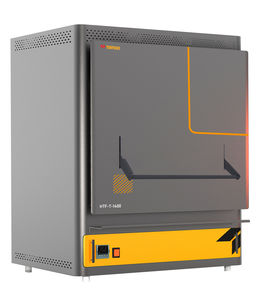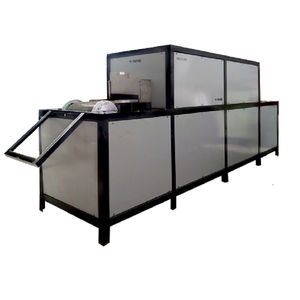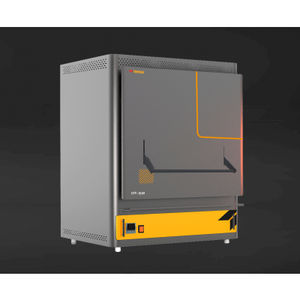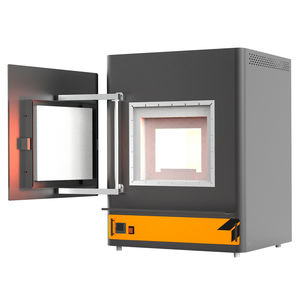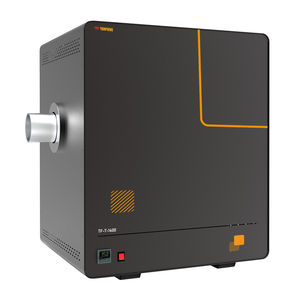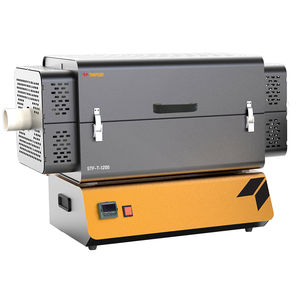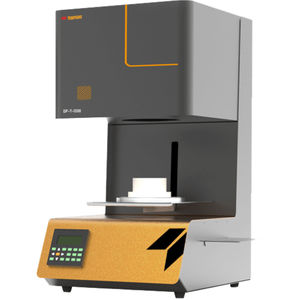
Sintering furnace BLFcalcinationchamberhigh-temperature

Add to favorites
Compare this product
Characteristics
- Function
- sintering, calcination
- Configuration
- chamber
- Other characteristics
- high-temperature
- Maximum temperature
1,200 °C, 1,400 °C, 1,600 °C, 1,800 °C
(2,192 °F, 2,552 °F, 2,912 °F, 3,272 °F)
Description
Bottom loading furnaces are designed for uniform thermal distribution inside the chamber, easy loading and unloading of the sample with help of lifting arrangement. Bottom loading furnaces are ideal to achieve a variety of heating-cooling cycles without sacrificing temperature uniformity or product quality. These furnaces are well suited for calcining, firing and sintering oxide ceramic parts (i.e., alumina, zirconia), technical ceramics, co-fired substrate materials, capacitors, filters, thermistors, ferrites.
Thehigh-temperaturebottomloadingfurnacesareadditionally equipped with a drying as well as a forced cooling function. For residual drying, the oven remains open gapwise during heating up to a defined temperature and thus ensures reliable removal of moisture. For accelerated cooling, the furnace is automatically opened step by step under program control.
Maximum Operating Temperature
1200/1400/1600/1800°C
Heating Element
Kanthal A1/Silicon Carbide/MoSi2
Temperature Controller
Microprocessor based PID controller
Bottom Lifting Arrangement
Bottom lifting plate fitted with DC motor ensure smooth lifting & lowering.
Catalogs
No catalogs are available for this product.
See all of TEMPSENS‘s catalogsExhibitions
Meet this supplier at the following exhibition(s):


Related Searches
- Furnace
- Chamber furnace
- Electric furnace
- Heat treatment furnace
- Drying furnace
- Laboratory furnace
- Tunnel furnace
- Baking oven
- Controlled atmosphere furnace
- High-temperature furnace
- Industrial furnace
- Vacuum furnace
- Annealing furnace
- Thermal furnace
- Horizontal furnace
- Sintering furnace
- Conveyor furnace
- Tempering furnace
- Inert gas furnace
- Muffle furnace
*Prices are pre-tax. They exclude delivery charges and customs duties and do not include additional charges for installation or activation options. Prices are indicative only and may vary by country, with changes to the cost of raw materials and exchange rates.


